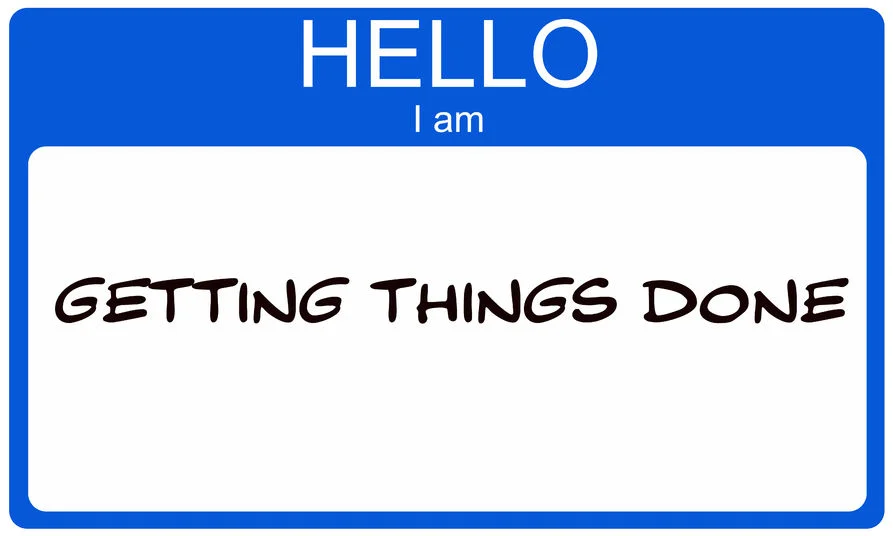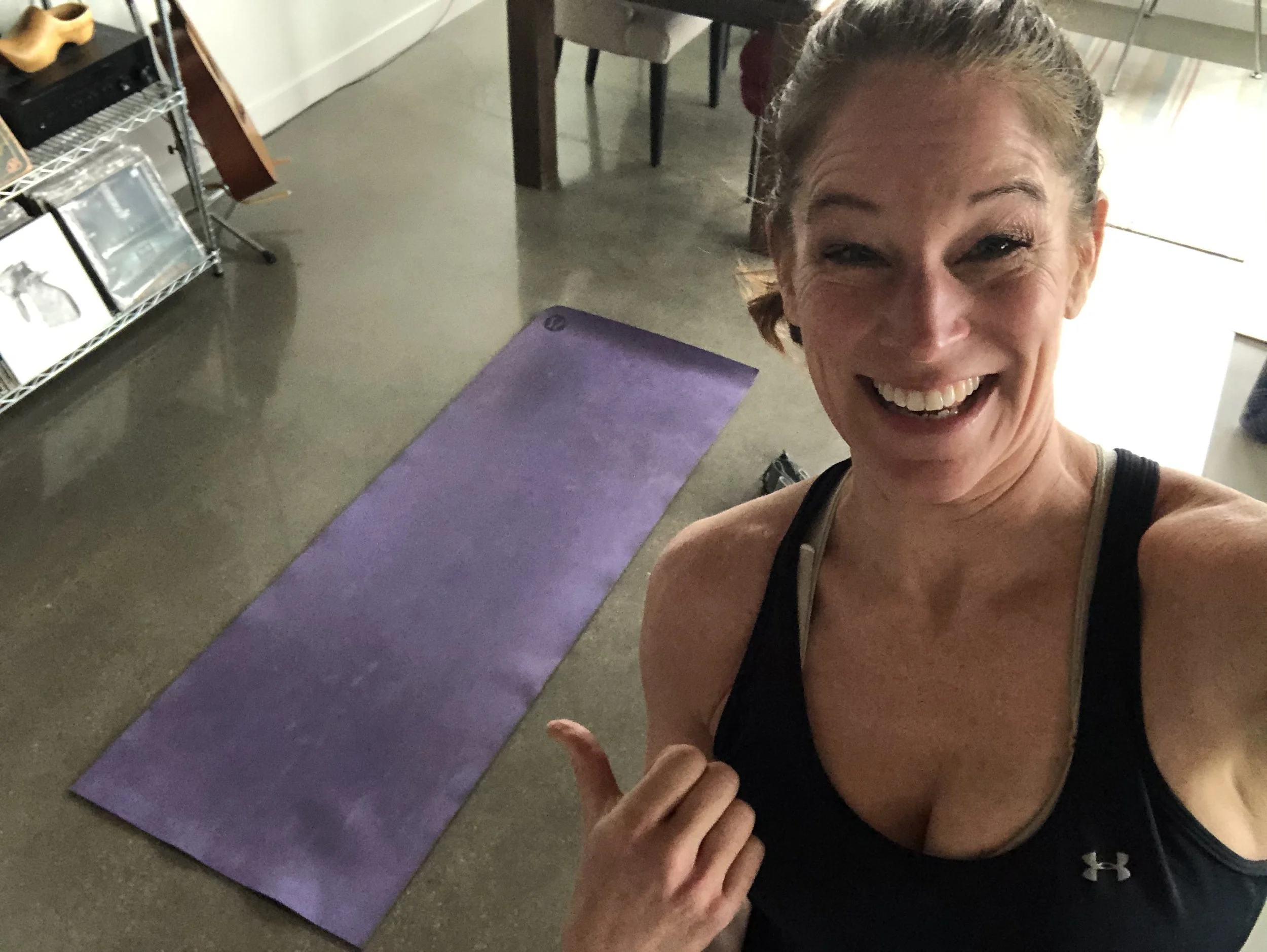Design Environments for Success
Imagine the exhaustion that comes from simply thinking about being in a certain place at a certain time. If this scenario feels all too familiar, there might be an underlying sensitivity at play—a complex web of interconnected sensitivities. Understanding these personal sensitivities is crucial for finding solutions and instigating positive change.
One such sensitivity is hypersensitivity, where responses to environmental stimuli can trigger avoidance behaviors. This sensitivity often manifests in environments that feel uncontrollable. Perhaps, the way a space is structured or how an object feels is overwhelming. There are effective tactics that can ease these uniquely 'disruptive' environments.
A feasibility study focusing on children's reactions to a dentist's office illustrates how environments can contribute to seemingly uncontrollable behaviors. This observation is not limited to children, as dental environments also impact adults, causing anxiety and dreaded behaviors associated with lighting and sounds.
The emerging evidence suggests that the integrity of a designed space can significantly influence desired behaviors. As Paolo Ragone emphasizes, competence serves as the bridge between autonomy and alignment, with competent design enhancing direct eye-contact in office setups.
Human resource expert Michael Milner from Quid advocates for treating employees as whole humans, not just resources to be utilized. This perspective places design at the forefront of influencing individuals to be their complete selves, scrutinizing stimuli such as noise, odors, and features involving movement.
Culture Amp's white paper, "Fostering Belonging and Diversity," recommends design factors for fostering purposeful social bonds and enhancing a shared vision. The question arises: What if employees could manage design factors on a day-to-day basis? What if they could align their professional needs with the shared vision of their employer?
GIG Design employs a design-to-perform process, similar to a model published by John Drescol and Ben Teh. By engaging individuals in 'doing' behaviors, we derive design choices that improve healthy habits. For those struggling with hypersensitivities, learning to navigate these sensitivities becomes crucial, as their low threshold to sensations and passive reactions may act as barriers to being the significant team players they aspire to be.






